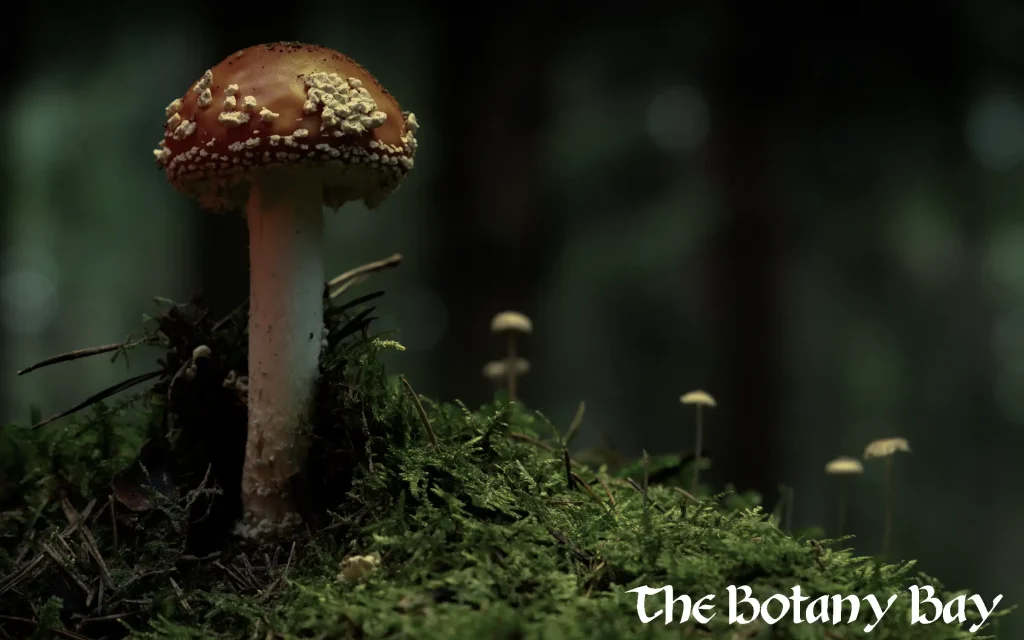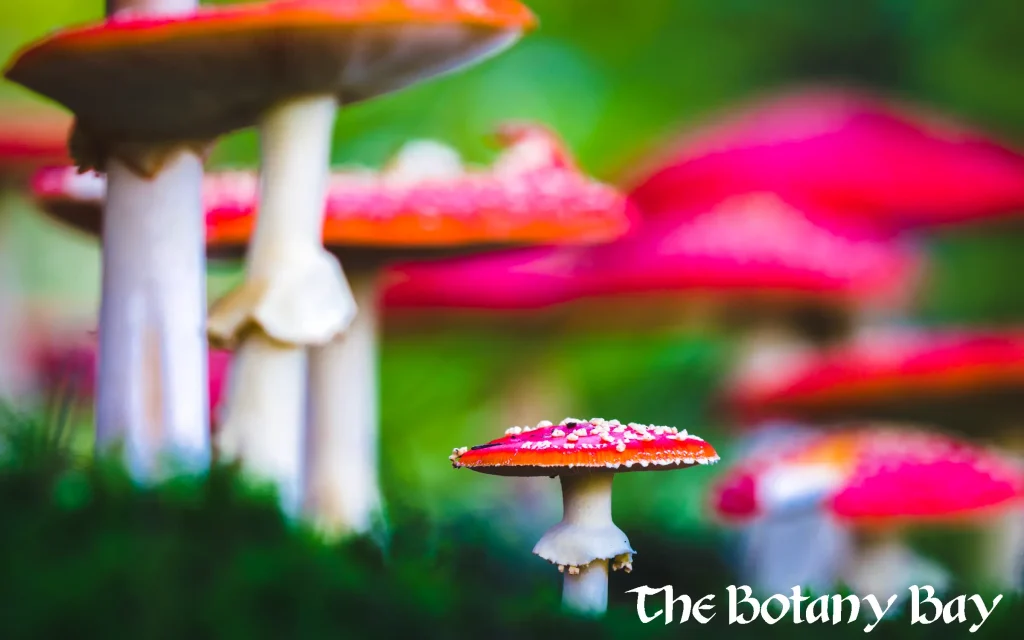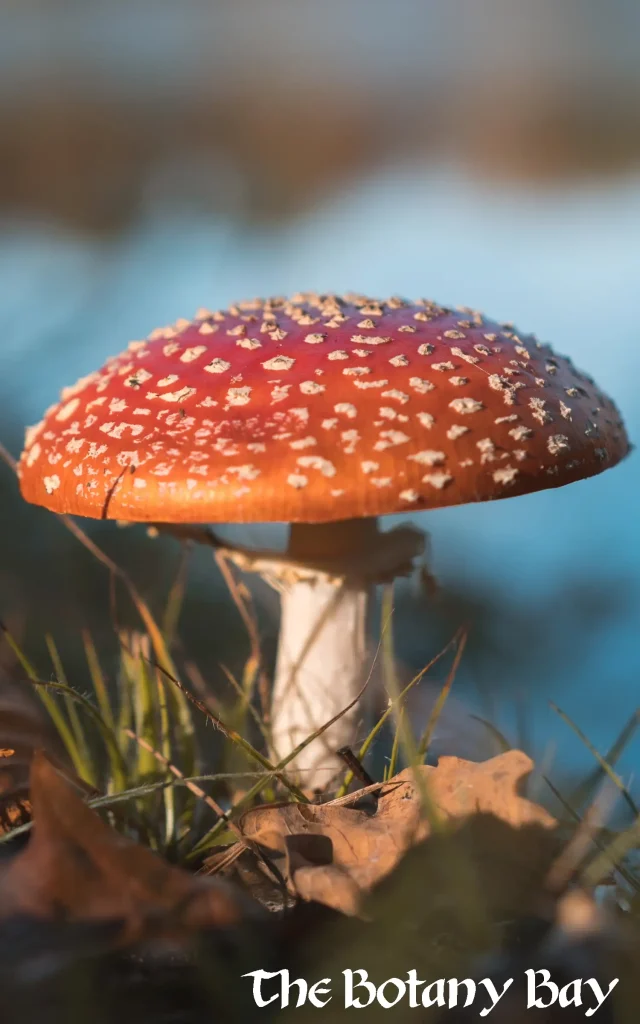Understanding Amanita Muscaria
Your Comprehensive Guide to Amanita Muscaria (Fly Agaric)
At The Botany Bay, we believe in helping customers make informed choices by providing accurate information about unique botanicals. Amanita muscaria, also known as the fly agaric mushroom, is a distinctive red-capped fungus with white spots that has a long history of traditional use in certain cultures. Today, it is sometimes found in wellness products, often in extract or gummy form.

What Is Amanita Muscaria?
Amanita muscaria is a mushroom species native to the Northern Hemisphere, easily recognized by its bright red cap and white speckles. Unlike psilocybin mushrooms, Amanita muscaria does not contain psilocybin or psilocin. Instead, its primary active compounds are:
Ibotenic acid — A naturally occurring compound in raw Amanita
Muscimol — Produced when ibotenic acid is decarboxylated (converted through drying, heating, or other processing)
How Amanita Works in the Body
Amanita’s effects are linked mainly to muscimol, which interacts with GABA receptors in the brain. GABA is a neurotransmitter that helps regulate relaxation and sleep cycles.
The experience can vary widely depending on dosage, preparation method, and the individual. Unlike psilocybin mushrooms, Amanita does not primarily affect serotonin pathways.
Research is ongoing, and reported effects are mostly anecdotal.

Did you know? Ancient Use
Cultural traditions. Flip to learn more.
Amanita muscaria has been referenced in Siberian shamanic practices and in European folklore for centuries, often linked to ritual use and symbolism.
Active Compounds
The key actives, Muscimol & Ibotenic Acid. Flip the box for more info.
Raw Amanita contains ibotenic acid, which can convert into muscimol during preparation. Muscimol is believed to be the main compound responsible for its reported effects.
Legal Status of Amanita
United States — Amanita muscaria is not federally scheduled under the Controlled Substances Act. However, regulations vary by state. Some states restrict its sale or possession.
International — Legal status differs globally; some countries allow its sale, others regulate or prohibit it.
Always check your local laws before purchasing or using Amanita products.

Reported Effects and Benefits
Based on user reports and traditional references, Amanita products may be associated with:
Relaxation or dreamlike states
Altered perception of reality or sensory experience
Support for rest or meditation
Effects can vary significantly, and experiences may differ between individuals.
These are anecdotal reports, not verified by clinical trials.
How to Use Amanita
Amanita is typically available in:
Extracts and gummies — Processed to reduce ibotenic acid and highlight muscimol
Capsules — Standardized servings for consistency
Traditional preparations — In some regions, dried caps are brewed into teas
Due to variability in strength, it is recommended to start low and approach with caution.
Testing and Transparency
At The Botany Bay, all Amanita products we carry are:
Third-party lab tested for muscimol and ibotenic acid content
Screened for contaminants like heavy metals and pesticides
Labeled clearly for serving information and compliance
Compliance Disclaimer
This content is for educational purposes only and has not been evaluated by the Food and Drug Administration. Amanita products are not intended to diagnose, treat, cure, or prevent any disease. Always consult a healthcare provider before using any new botanical product, especially if you are pregnant, nursing, or taking medications.
FAQs About Amanita Muscaria
Is Amanita muscaria the same as “magic mushrooms”?
Is Amanita muscaria legal?
What does Amanita feel like?
How is Amanita different from cannabis?
NEWSLETTER
Sign up to our newsletter to keep updated with our latest offers and products.
Disclaimer:
Some products sold by The Botany Bay are not scheduled under U.S. federal law but may be subject to restrictions in certain states or localities. The Botany Bay only sells to jurisdictions where these products are legal, and it is the customer’s responsibility to ensure compliance with their local, state, or international laws before purchasing. These products have not been evaluated by the FDA and are not intended to diagnose, treat, cure, or prevent any disease. The Botany Bay does not guarantee compliance with local or international regulations.
© 2025 The Botany Bay All Rights Reserved
- 0 Items
- View Cart
